Hawksbill turtle necklace
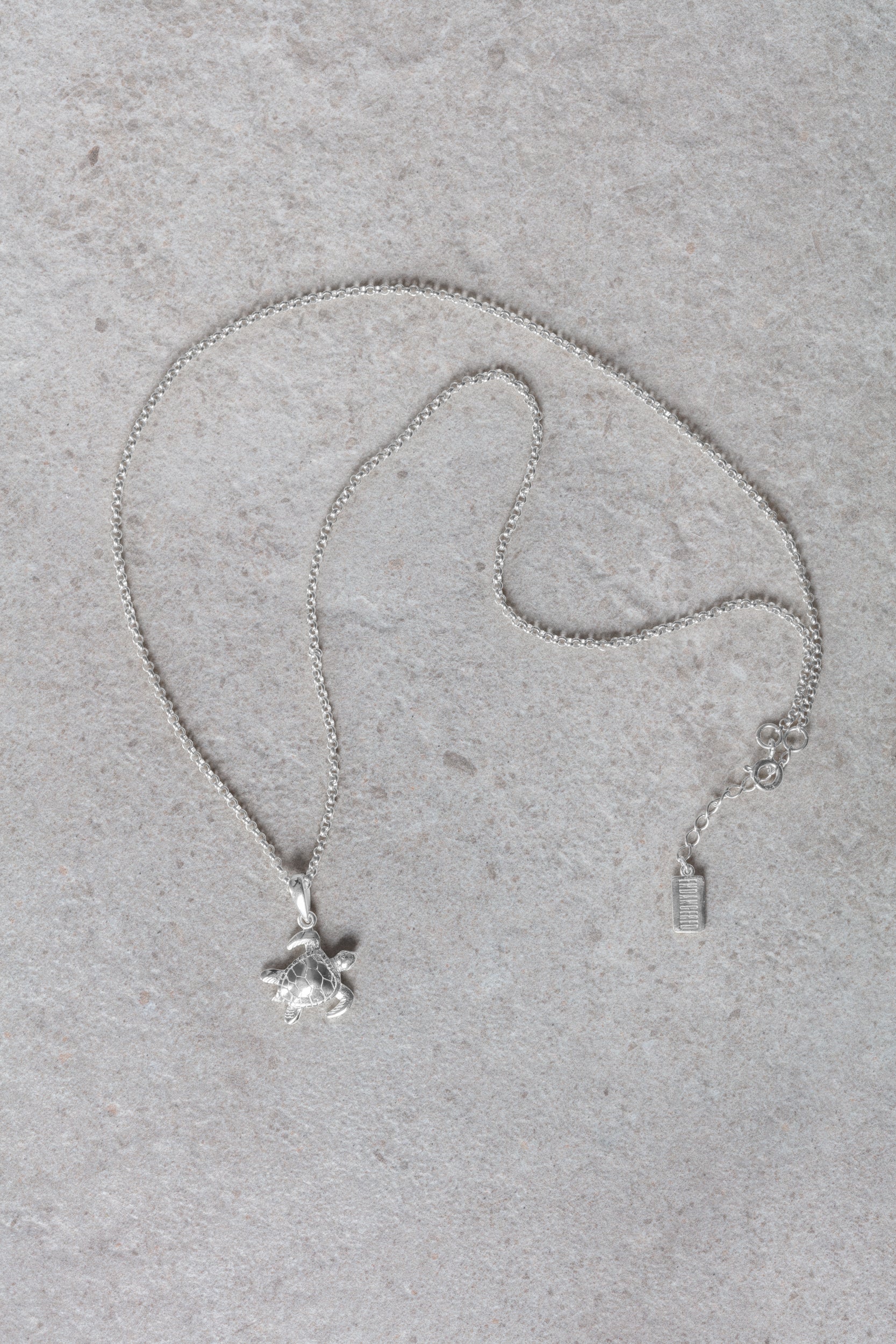
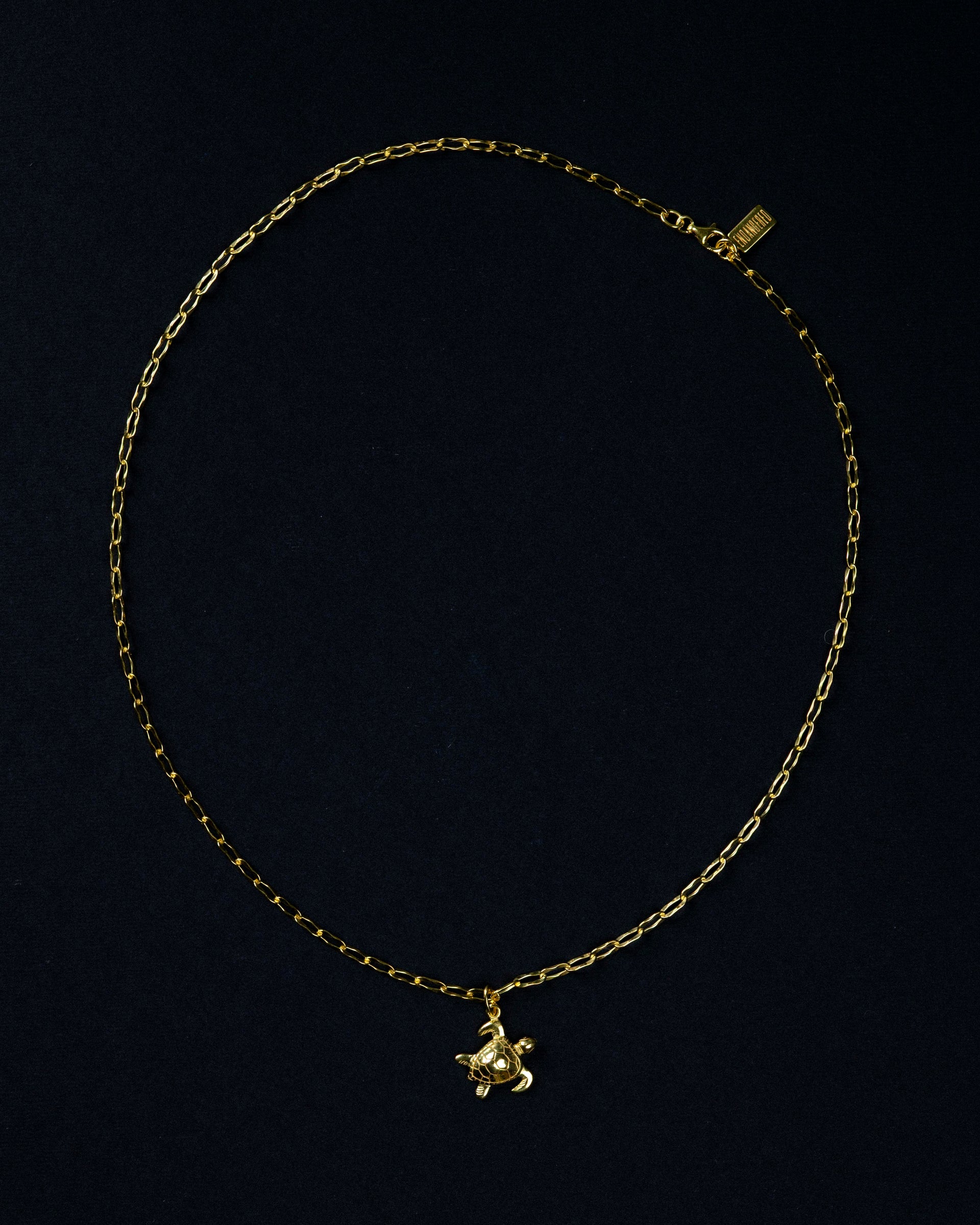
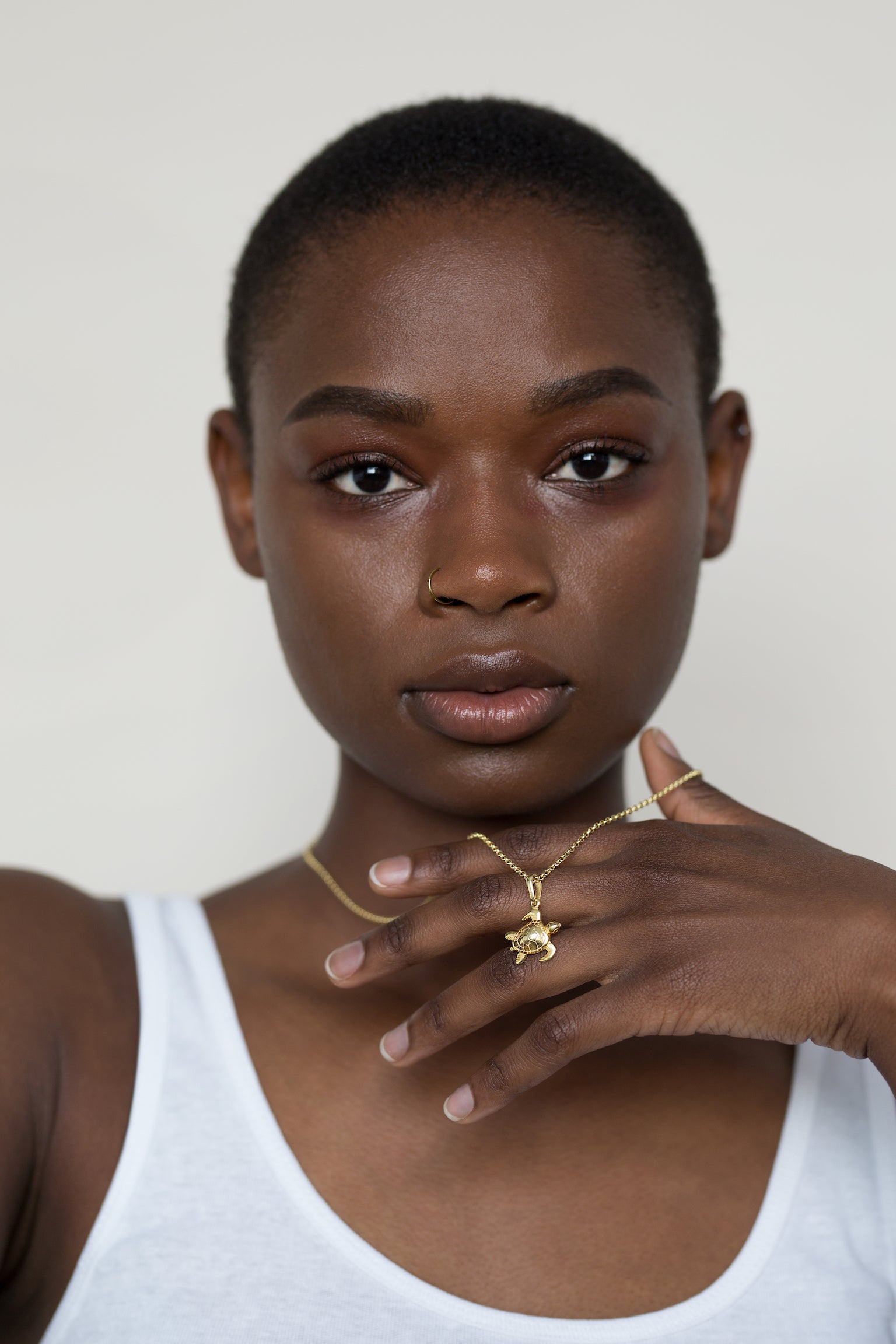
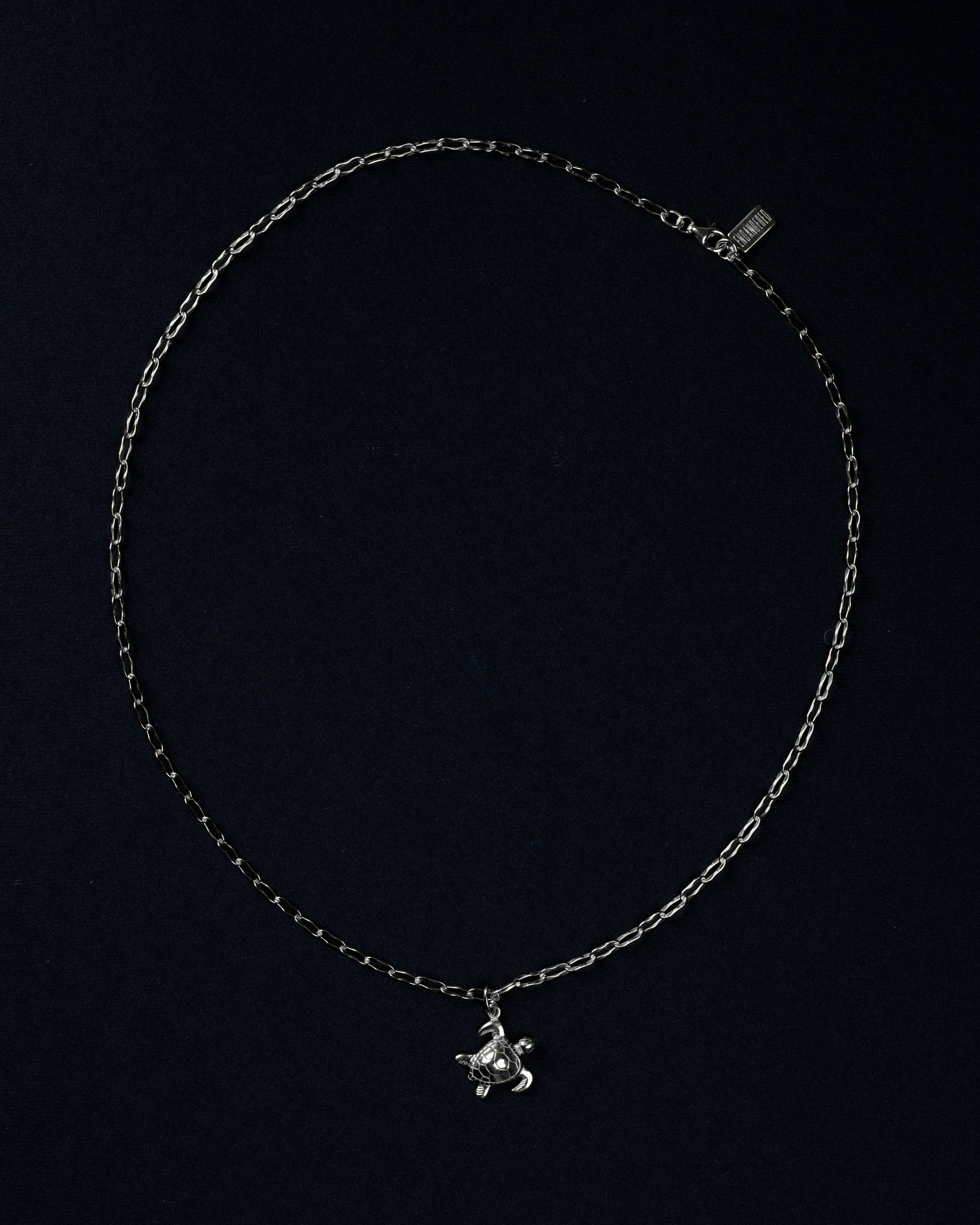
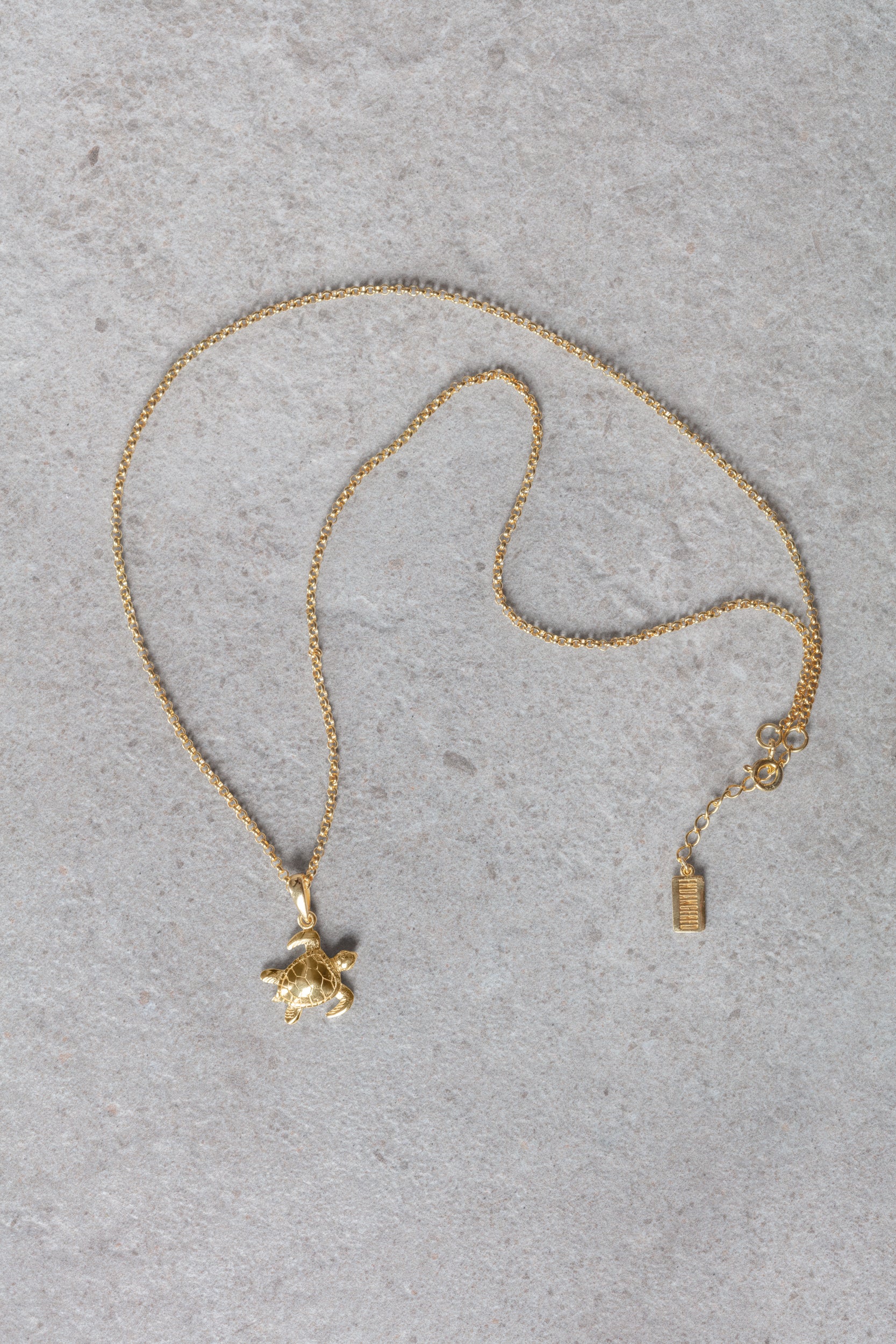
Hawksbill turtle necklace
These incredible creatures have been around for over 100 million years and play a vital role in our marine ecosystems by maintaining the health of coral reefs and sea grass beds. Unfortunately, threats like habitat loss, egg harvesting, pollution, and animal trafficking pose major risks for sea turtle's survival.
Read more about threats & conservation.
IUNC Status
Critically Endangered
Your Donation
20 % of the full price will be donated to WWF Sea turtle program.
Product details
Width: 1,6 cm
Length: 1,6 cm
Chain Length 52 cm + 3 cm extension
Available in sterling silver and 18 k gold vermeil
Available in two types of chains
Recycled material
Ethically handmade in Celuk, Bali
Gold wears out over time
Free shipping to Sweden.
-
Product traceability
Produced in: Celuk Bali, Indonesia
Supplier: Semadi Gold & Silver, Bali, Indonesia
Material: Recycled silver and 18 carat gold from Indonesia
Gold supplier: Kapit Mas, Bali, Indonesia
-
Jewelry care guide
STORING
Jewelry should be stored away from direct sunlight, damp, and extremes of heat or cold. Try to keep the boxes and packaging that it comes in, as it is the easiest and often the best way to protect it from dust and damage. This won’t prevent silver from oxidising, however; you could consider storing items in airtight bags to minimise this. Wrap gold, silver, precious and semi-precious items in cotton to keep them away from dust and moisture. Take extra care with pearls, which are soft and vulnerable to scratches and other damage.
WEARING
Always put your jewellery on last when dressing so clothes don’t catch on it: apply makeup and hairspray first so they don’t contaminate your jewels, making sure to let everything dry before adding the finishing touches. When your hair is being styled, remove earrings so they aren’t caught on combs or brushes and steer clear of pearl earrings or necklaces if you’re having hair coloured, as the chemicals can cause discolouration; remove rings and bangles at the manicurist.
CARING
Keep your accessories away from water and other chemical agents to avoid discoloration and tarnishing. Soap, cosmetics, cooking grease, and natural skin oils can dull any jewelry and should be avoided. If your jewels do come into contact with water, or any chemicals, use a dry soft tissue or towel to gently pat them dry.
CLEANING
Clean your jewelry regularly with a polishing cloth to maintain its appearance and remove accumulated patina, and make sure to carefully wipe off any makeup residue, lotion or skin oil after each wear.
Want to go even cleaner? Soak your jewelry in a solution of lukewarm water and mild natural soap. Use a toothbrush with soft bristles to gently cleanse it from any dirt or residue before rinsing it in lukewarm water and patting it dry with a soft cloth.
Pearl necklaces, for instance, should not be soaked in water as this might stretch or damage the silk thread. Use a soft cloth dampened with lukewarm water to wipe each pearl, then pat dry and leave them on a towel to dry completely.
POLISH
Polishing oxidized silver sustainably is easy. Line the bottom of a heat safe bowl with (recycled) aluminum foil. Pour some boiling water (enough to cover the jewelry) over it and add a couple of tablespoons of baking soda. Drop in the jewelry and make sure it touches the foil. Pick it up carefully (warning, hot!) after a few minutes, and it’ll look as good as new.
Another sustainable way of polishing your jewelry is by mixing the juice of half a lemon with a teaspoon of baking soda. Apply the paste to the jewelry and rub in one direction with a soft cloth. Repeat until done. Wipe off the paste, rinse, and pat the piece dry. Voila.
Credits to Mappin & Webb & Make it Last
